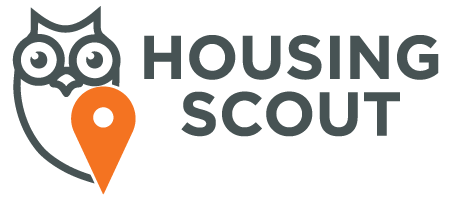“Cap Rate” is one of those terms that gets thrown around a lot in Real Estate–specifically, when dealing with investments. It sounds like a combination of cheap buzzwords, but in reality it is an important ratio used in business to calculate the value of something.
Before I explain what Cap Rate is, though, let me explain a few basic concepts related to Cap Rate:
NOI – stands for “Net Operating Income.”
Net operating income is the income left over after you deduct expenses. For leases, this is found by taking the gross rent of a property and subtracting expenses like maintenance, HOA, Property tax, etc. The amount you are left with is your net operating income or NOI.
So, for example, let’s say that you are trying to find the NOI for 2019. Let’s say that you own an apartment in the city. The apartment is rented out for $1000/month. So you would take the monthly rent and multiply it by the number of months (1000*12) which gives you $12,000. This is your “Income” for the given year.
In order to find your NOI, you must calculate your annual expenses.
This varies by place, but for this example let’s say that your total expenses as the owner for the year come out to be $2000–including paying the homeowners association, fixing a broken window, and property taxes. This $2000–which is a totally made up figure–makes up your “expenses.”
Once you subtract your expenses from your income ($12,000 – $2000) you are left with $10,000 of Net Operating Income for the year.
Capital Cost (also known as Value or Price) is the total cost needed to bring a project to a commercially operable status.
For a real estate investor, this could mean purchasing a property of land and building something on it–and all of the costs associated with that. Those expenses needed to bring the land to “commercially operable status” are Capital Costs.
Or, it could mean the cost of purchasing a property from someone at a certain point in time. In that case, you would be paying for the Market Value of the investment.
For the sake of simplicity, let’s say that our hypothetical $1000/month, 1 bedroom apartment is priced at $100,000 in mid-May 2019. Again, these numbers are made up. This $100,000 is the Cost/Market Value.
Okay, so now that we understand Net Operating Income, as well as Cost, we officially have all of the building blocks to figure out Cap Rate. So what does it mean?
Cap Rate is short for “Capitalization Rate.” It is the ratio found when you divide Net Operating Income by the Cost/Value.
So, to figure out the Cap Rate for the earlier example, we would need to divide $10,000/$100,000. That would yield a 10% Capitalization Rate for that year. This is the rate of return for the property based on the expected income that the property will generate. This rate is used to estimate the potential return on your investment.
So let’s do another example. Let’s say that you bought the $100,000 property and the Cap Rate was 10%.
Twenty years down the road, this same property’s cost (to you) will still be $100,000 regardless of what it is worth. In 2034, let’s say the unit is going for $2,000/month. Assuming the costs are still $2,000 for the year, that would give you $22,000 of NOI (12*2,000 – 2,000).
Using this new NOI, and the old Cost of $100,000 the new Cap Rate would be a whopping 22%. This is because the cost–the denominator–held constant while the NOI increased.
On the flip side, if the rent were to somehow decrease–let’s say a Tornado wipes out the city–to $500/month, then it would be a different story. Your new NOI would be hovering at $4,000 and your Cap rate would be 4%. Like all ratios, it is all about whether the numbers fall in your favor.












